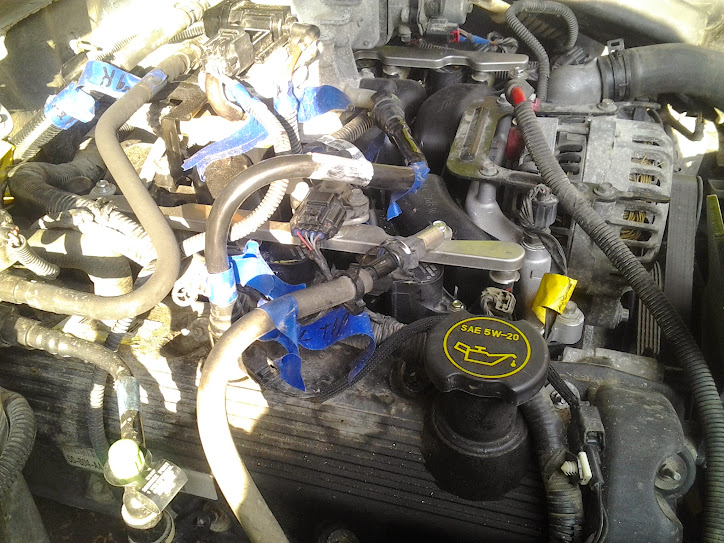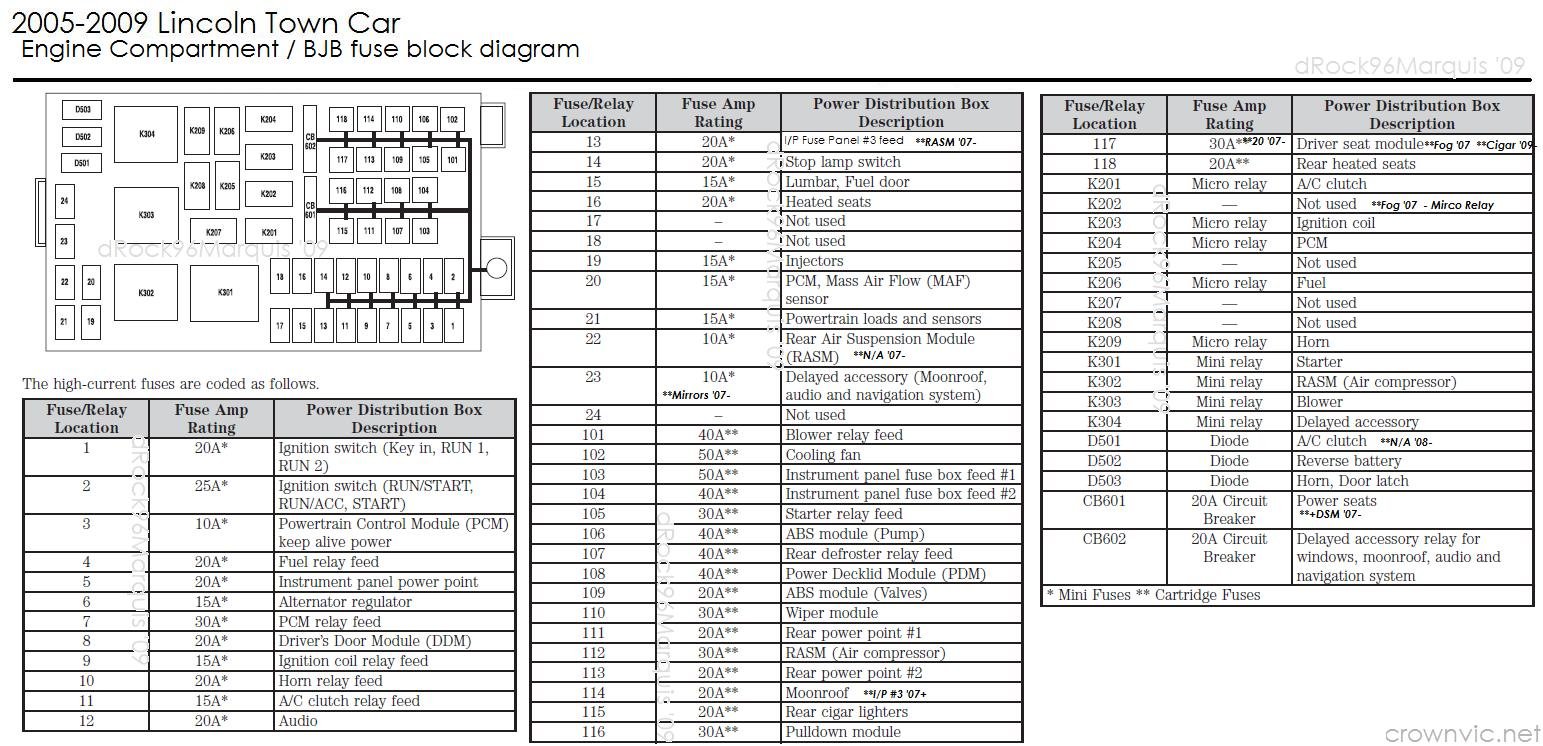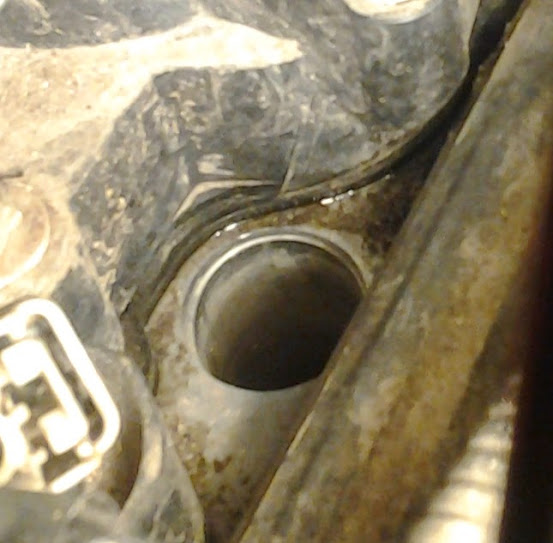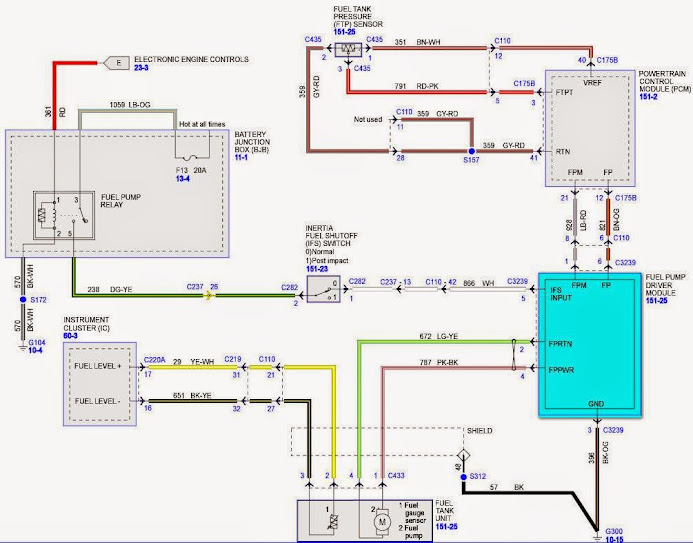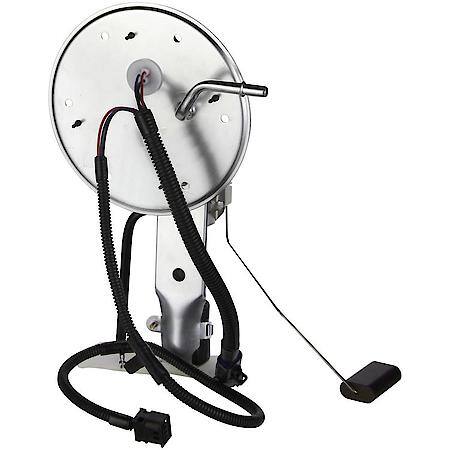Nehmo
10 kW
I tried posting this question in 3 (I kid you not) regular auto groups. (One of them, Garage Journal, banned me for asking the main guy for a reference on his comment in a different thread. I kid you not again.) But so far, no one has given me an answer. So, I figured I'd post in this group, whose members are actually more mechanically inclined than in a typical auto group. The question is about a regular Lincoln Town Car 2005 4.6L SOHC engine. It's not electric, of course. My apologies.
I'm replacing the intake manifold on this 4.6L, and I discovered a basket (polyurethane {?} foam with hard plastic shell) under the intake manifold. All other vids and instructions on the web don't show this part.
Update: I just spoke to a Ford parts guy, and he said the insulator basket was used from 2003 to 2011, but he couldn't provide any further info.
I don't know whether to leave it out or not. If it's just to make the engine heat up faster, then I'd leave it out. It seems to me the engine would have more air flow without it.

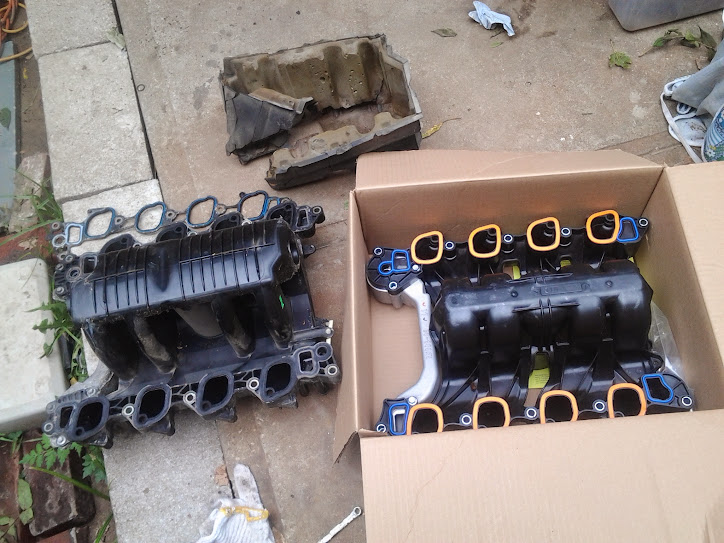
The new intake fits nicely without it, haven't tried with it.
I'm replacing the intake manifold on this 4.6L, and I discovered a basket (polyurethane {?} foam with hard plastic shell) under the intake manifold. All other vids and instructions on the web don't show this part.
Update: I just spoke to a Ford parts guy, and he said the insulator basket was used from 2003 to 2011, but he couldn't provide any further info.
I don't know whether to leave it out or not. If it's just to make the engine heat up faster, then I'd leave it out. It seems to me the engine would have more air flow without it.

The new intake fits nicely without it, haven't tried with it.


